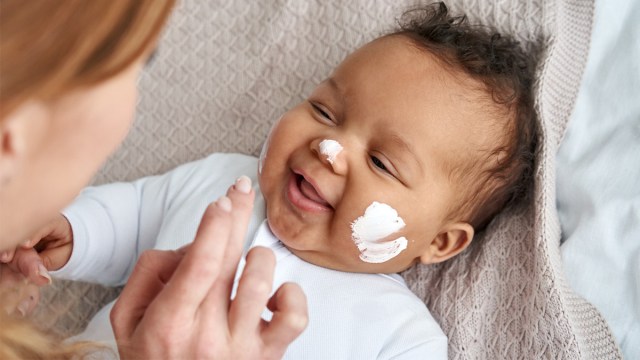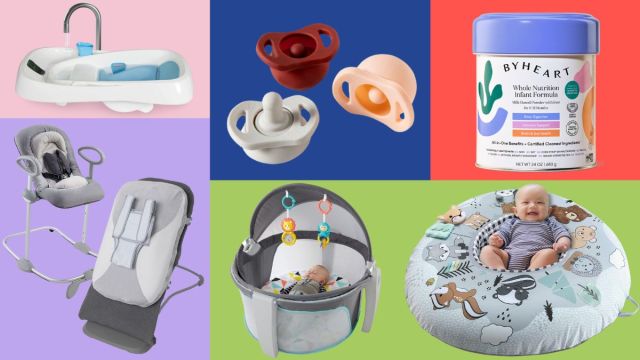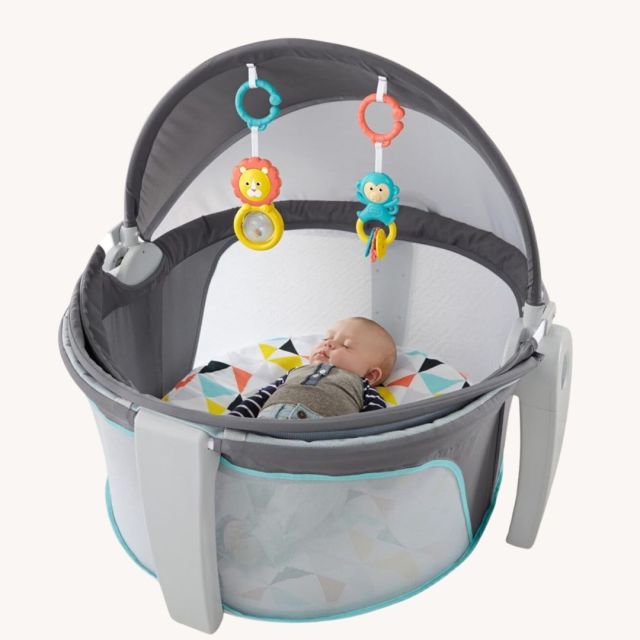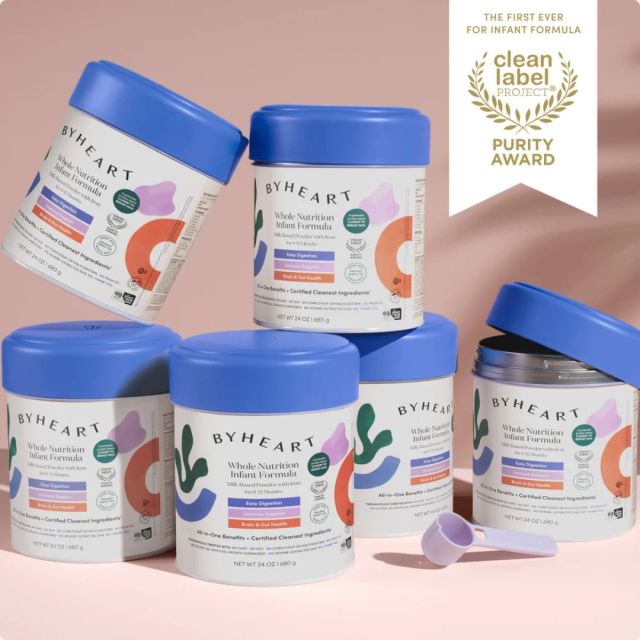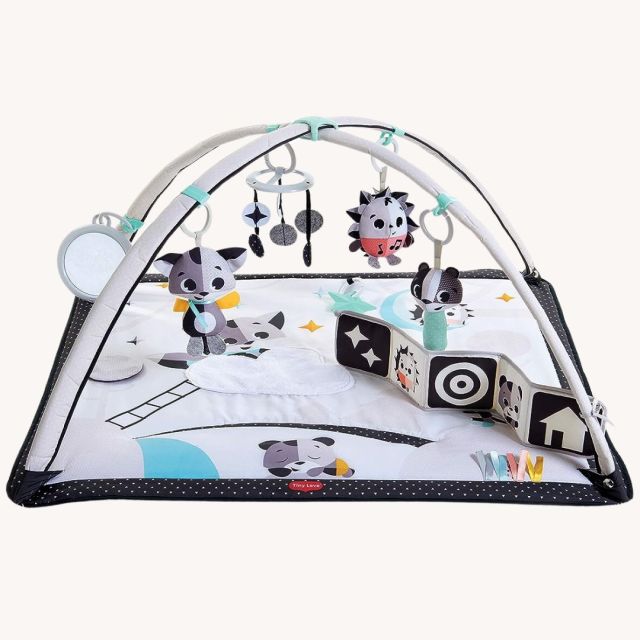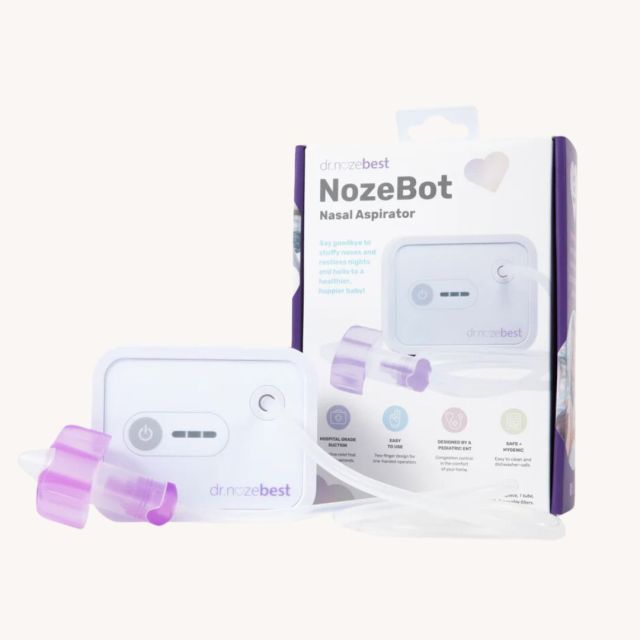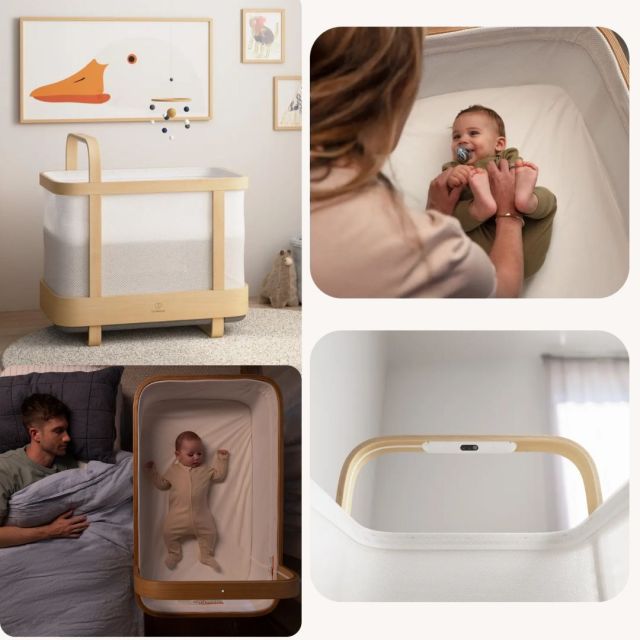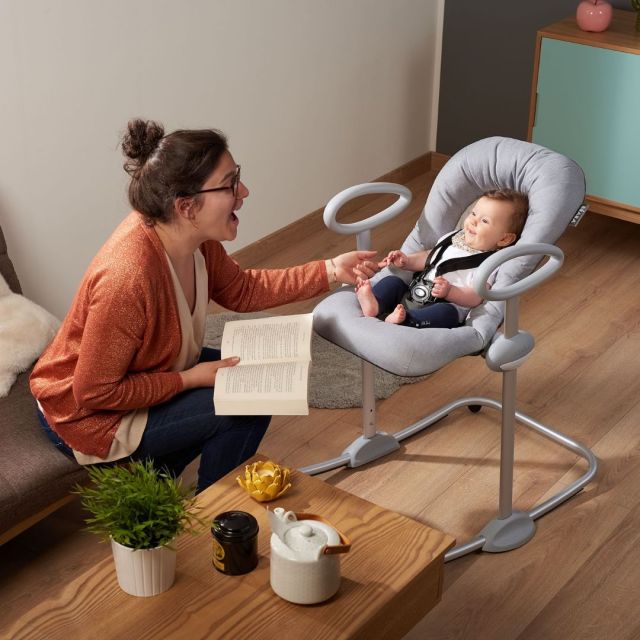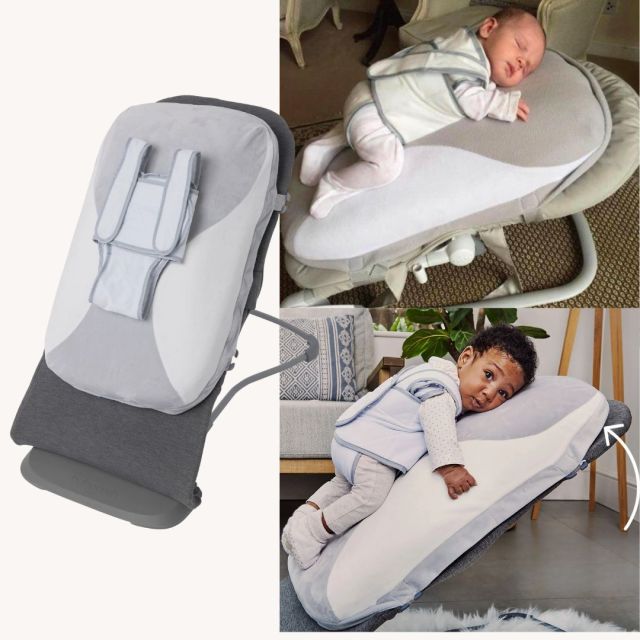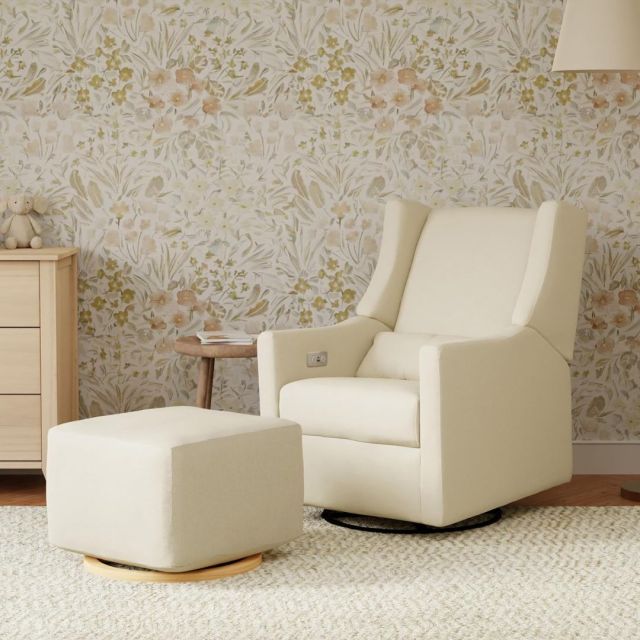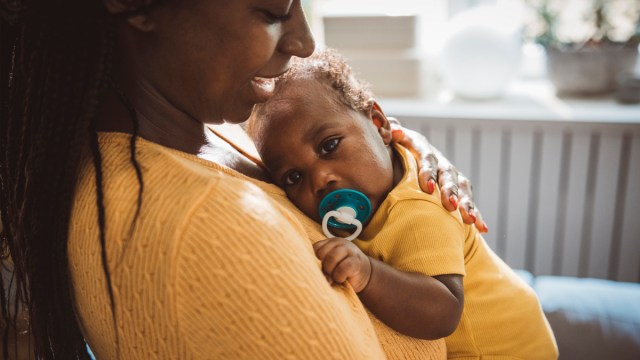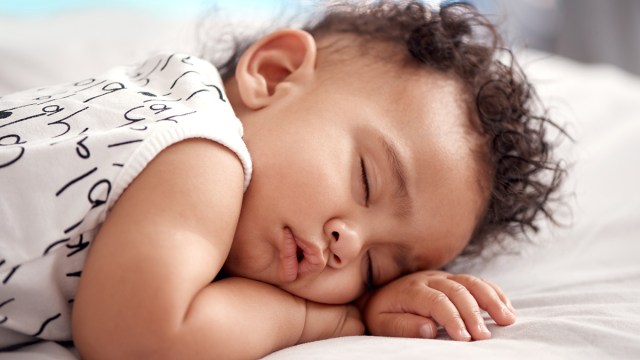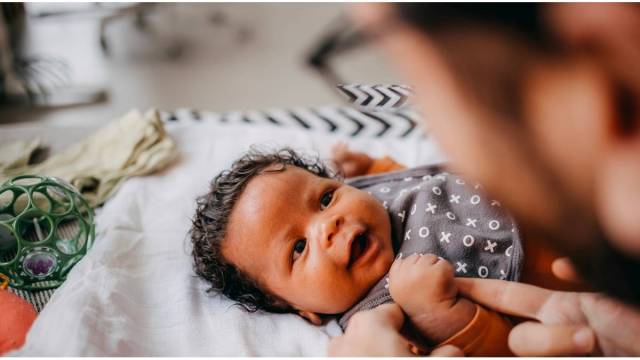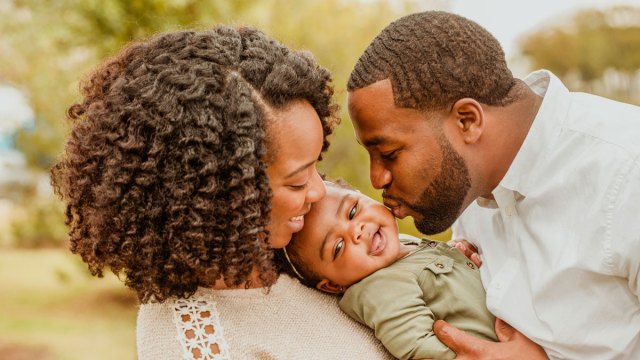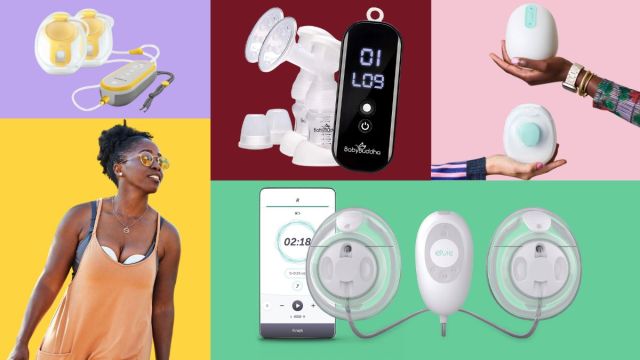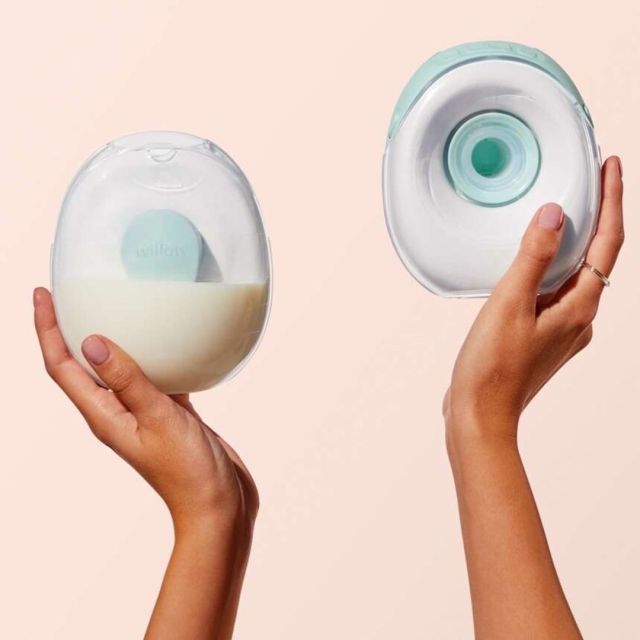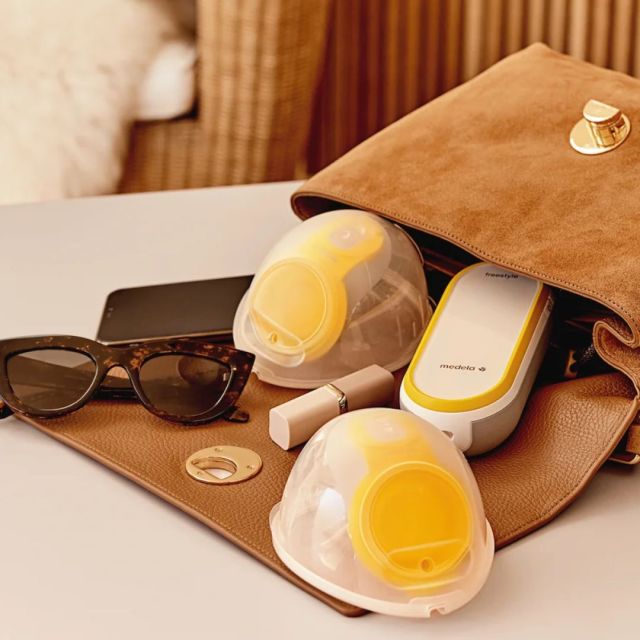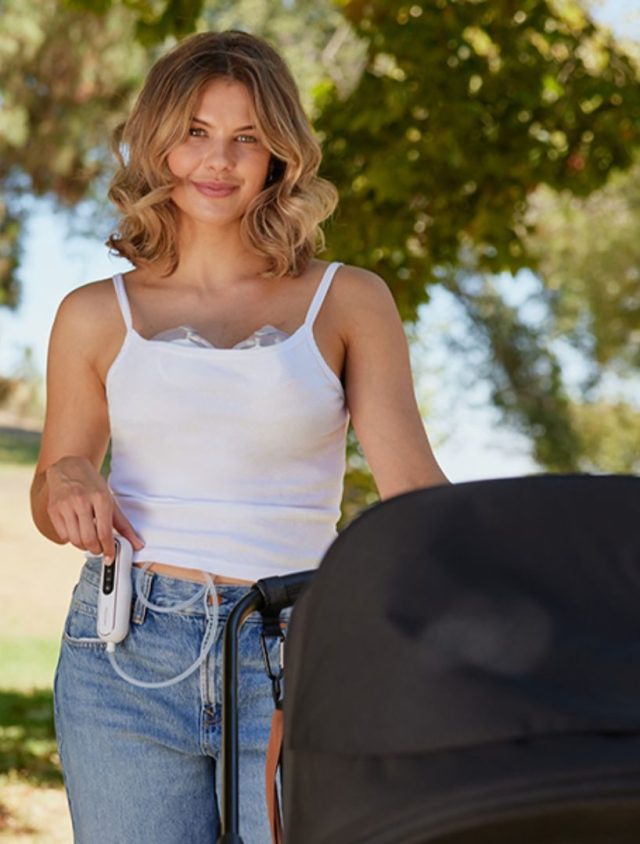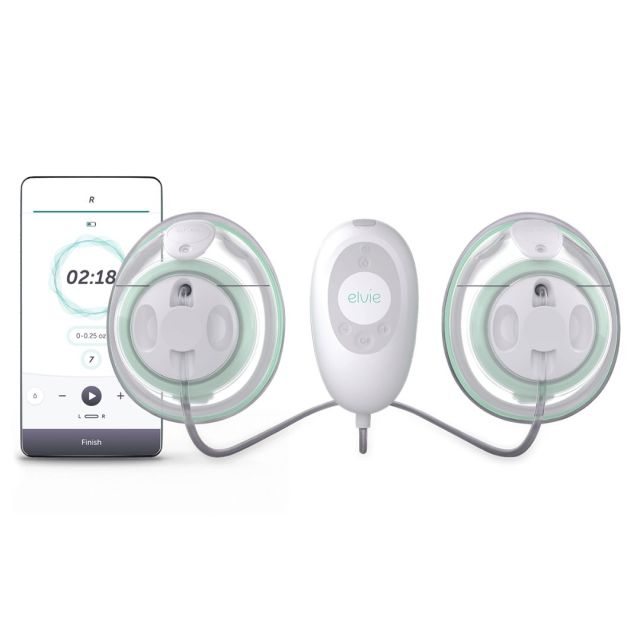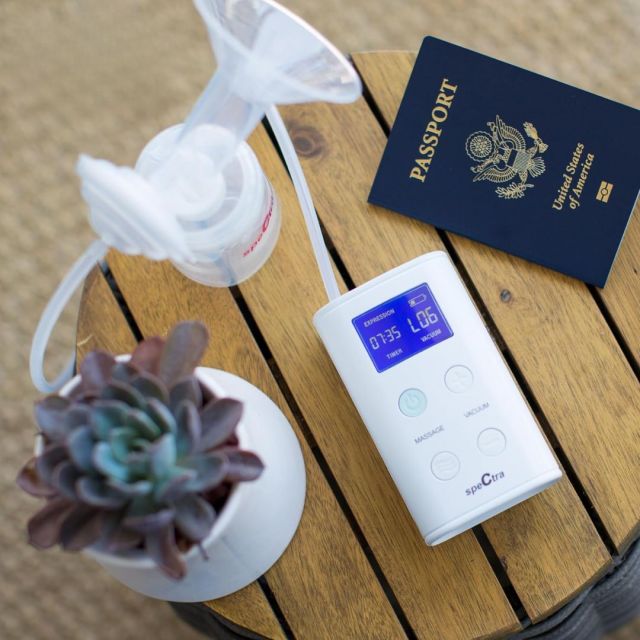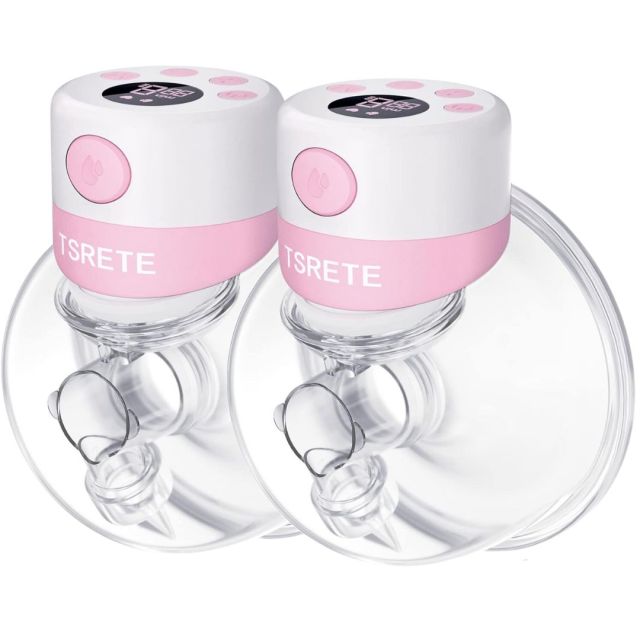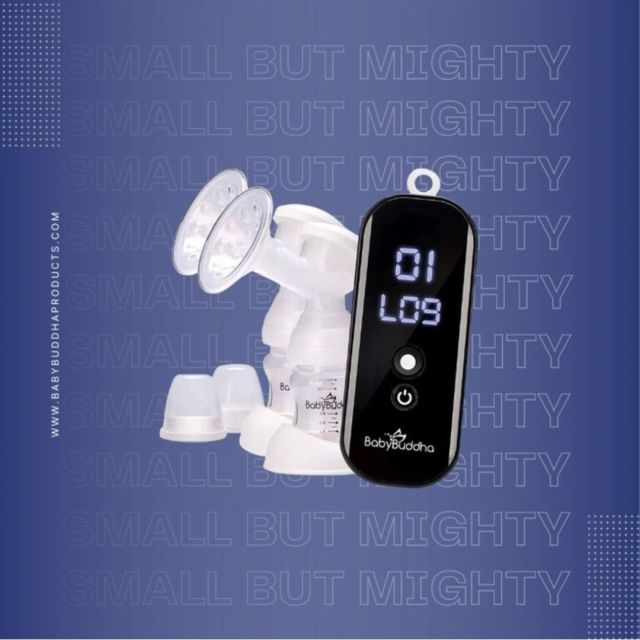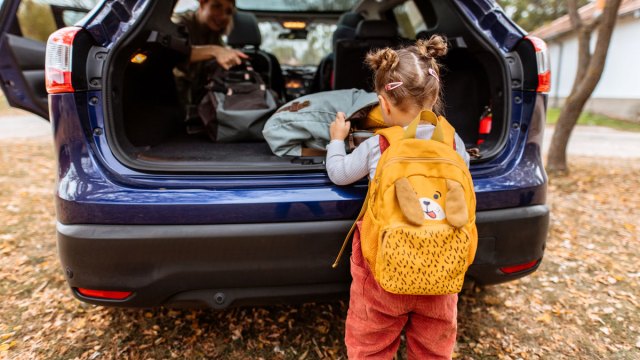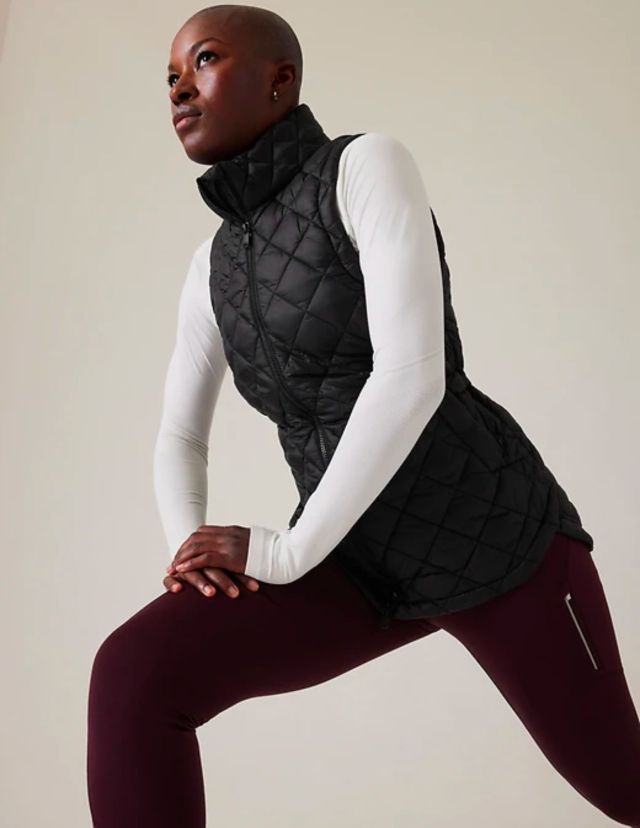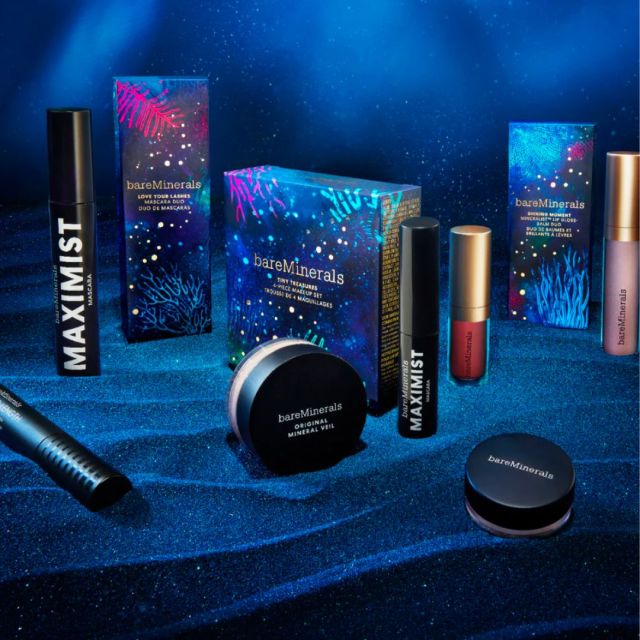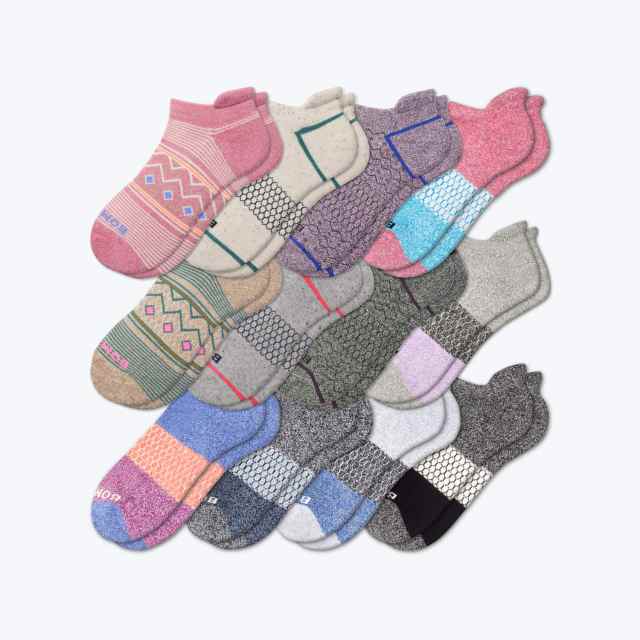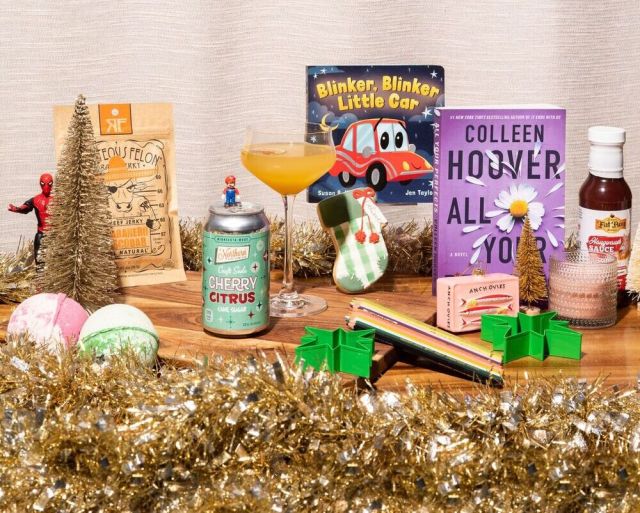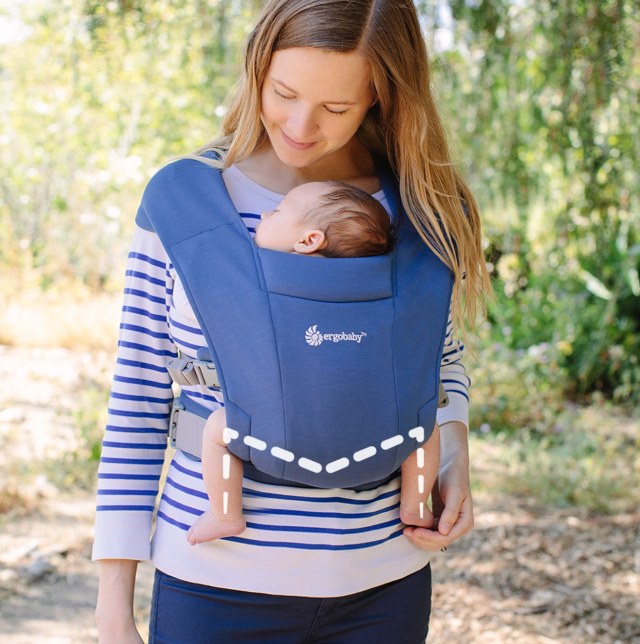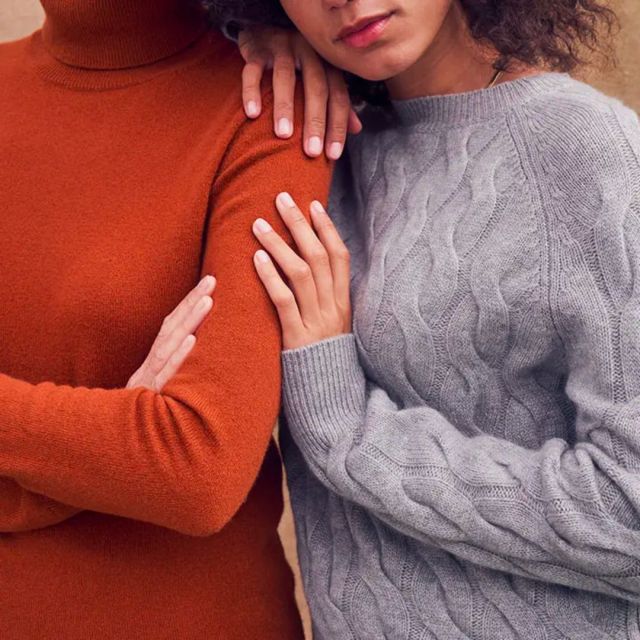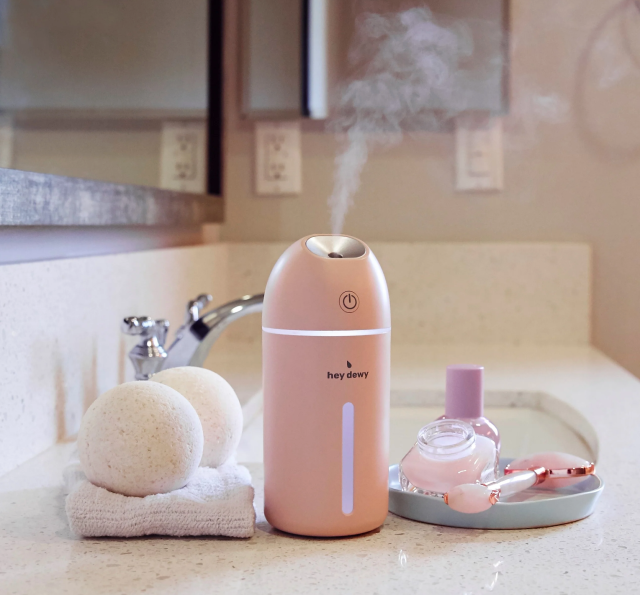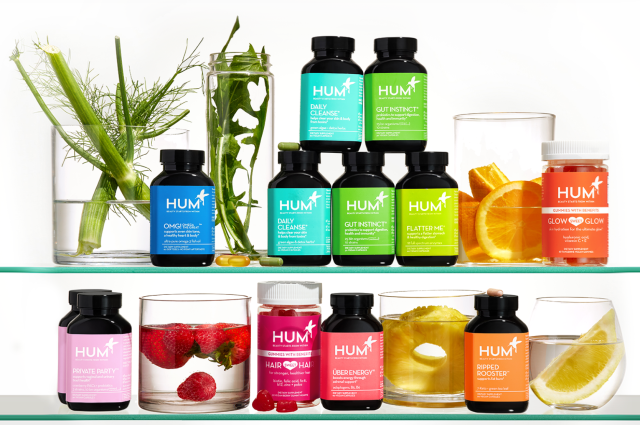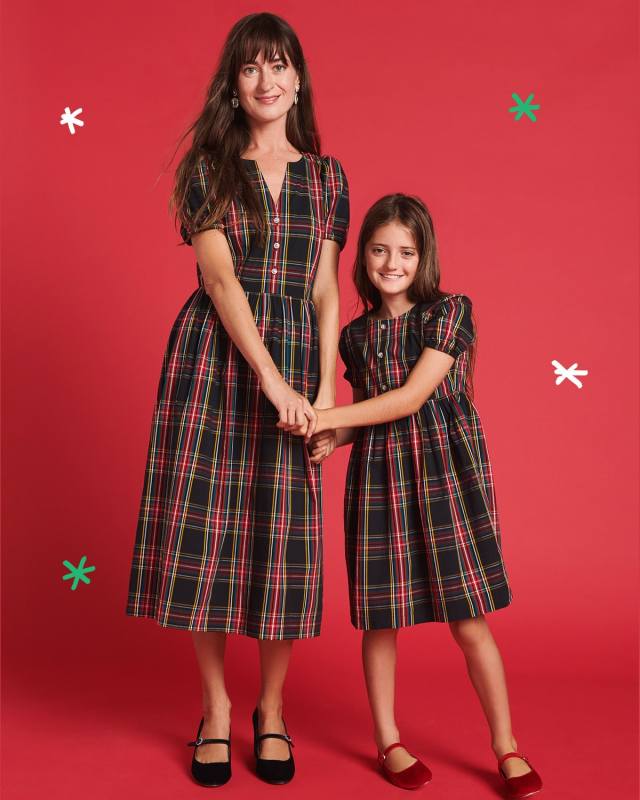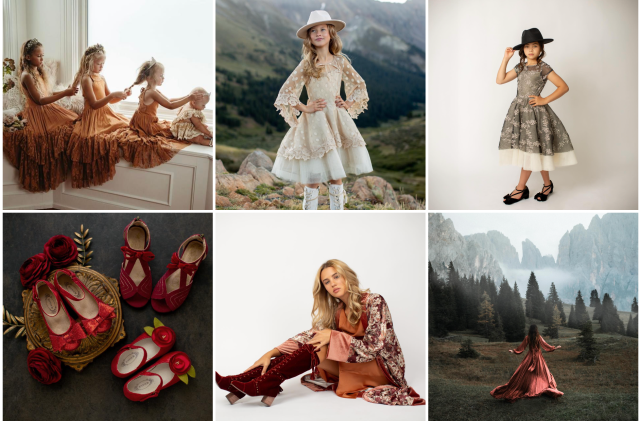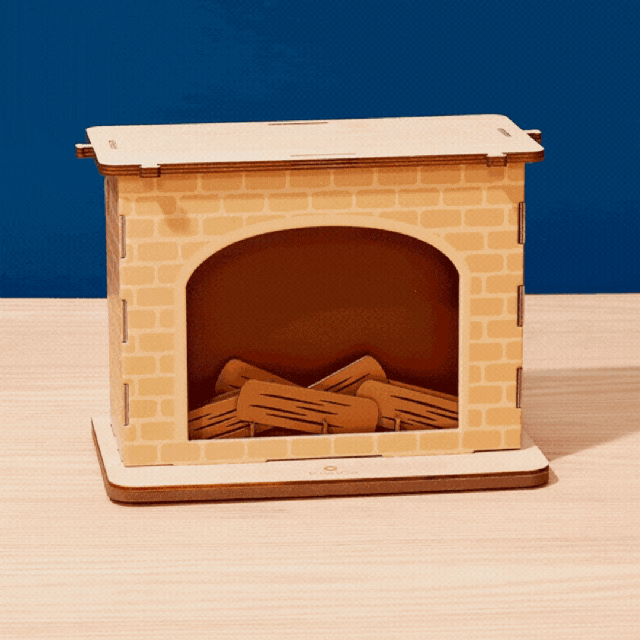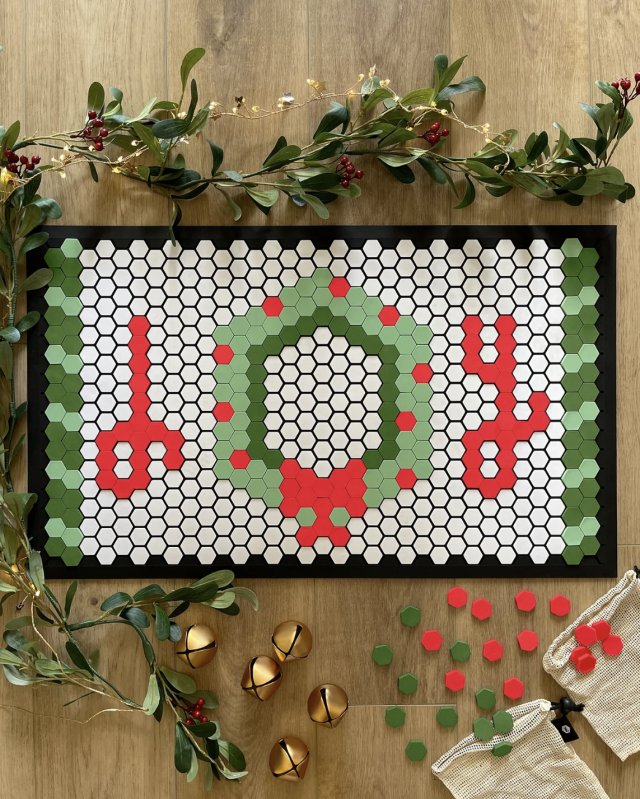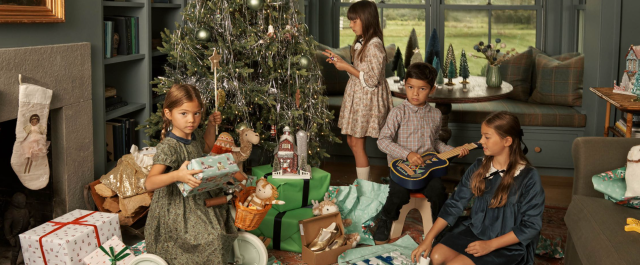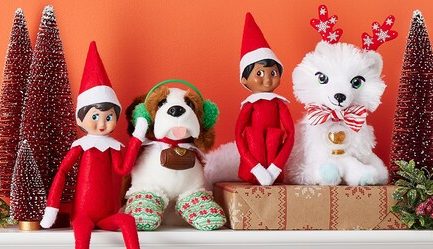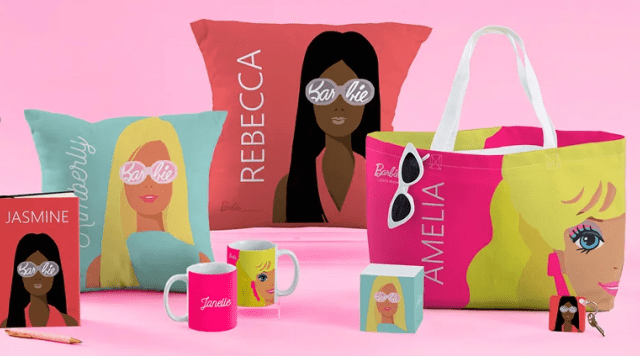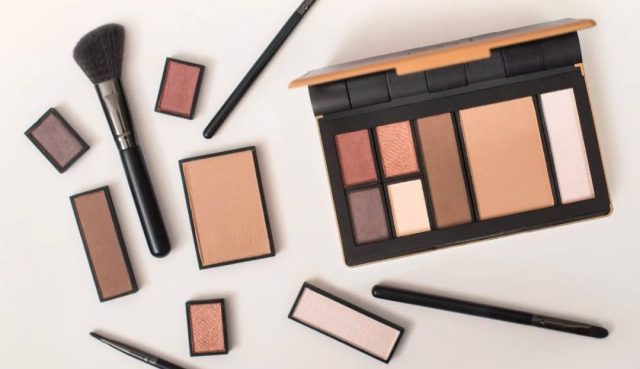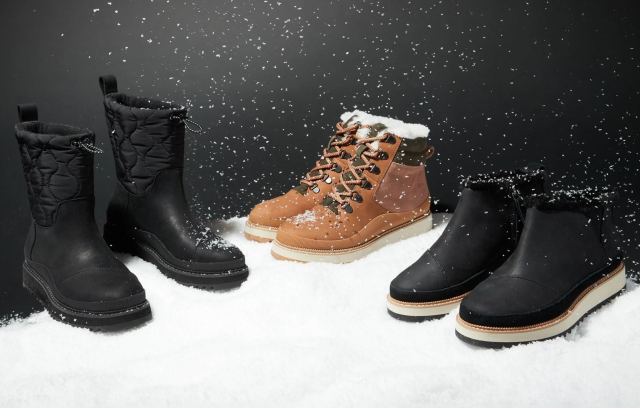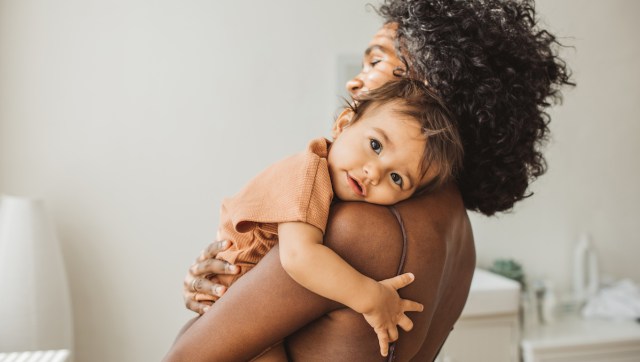Seeing your perfect baby’s skin develop irritation or dryness is such a huge bummer. We hate it when they’re uncomfortable, and knowing that their skin is especially sensitive makes baby skin concerns so much worse. But take a deep breath. We’ve got the solutions to common skin conditions right here!
Of course, we do want to mention that you should always consult your baby’s healthcare provider with any questions about baby skin concerns. Even though it’s more likely that most issues aren’t serious, your doctor is there to help. We’re fans of the products below, but they’re not a substitution for medical advice. Keep reading for our picks to get that sweet baby skin soothed and happy!
Diaper Rash
Definitely one of the most common baby skin concerns, diaper rash is caused by irritation, infection, and/or allergies. The diaper itself can rub up against their skin repeatedly, resulting in irritation. Infections are caused when urine changes the skin’s pH levels, and that lets bacteria and fungi grow more easily. Materials and ingredients that stop diapers from leaking also prevent air circulation, creating a warm, moist environment where bacteria and fungi can thrive, causing a rash. It’s also possible your little one has allergies that cause a reaction to diaper ingredients, detergents, etc.
Change your baby’s diaper often and consider rinsing their bottom with warm water every few changes (just scooping water with your hand over them or using a gentle spray bottle works). Let their skin dry completely after every change and you can pat it with a soft cloth to make sure there’s no moisture. And, of course, diaper cream is a great idea. Creams and ointments with zinc oxide or petroleum help soothe and protect. Apply it generously, like cake frosting (sorry) at each diaper change.
If your baby’s diaper rash doesn’t improve, gets worse, is accompanied by a fever, or you have any other concerns, talk to your kiddo’s doctor ASAP. That’s what they’re there for, so don’t hesitate if you have questions.
Boudreaux’s Butt Paste Maximum Strength
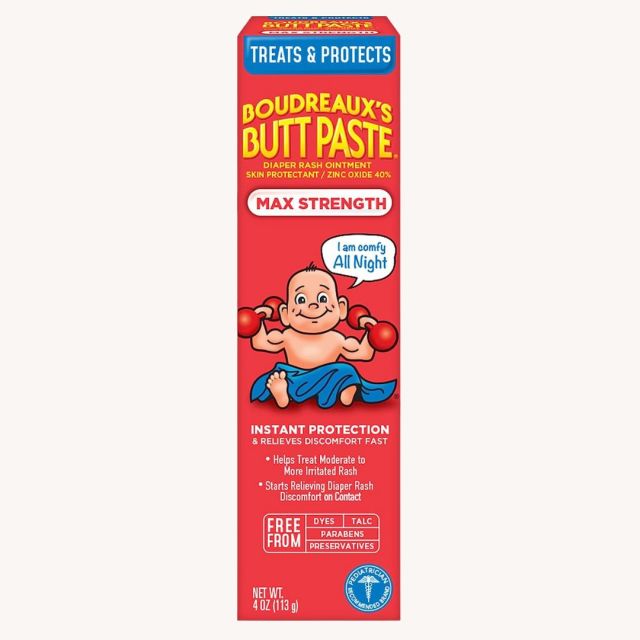
With close to 50K Amazon reviews, Boudreaux’s Butt Paste Extra Strength seals out moisture for instant protection that lasts through the night and helps keep your baby’s booty dry.
Boudreaux’s Butt Paste Extra Strength ($7.12)—Buy Here!
A+D Treat Diaper Rash Cream
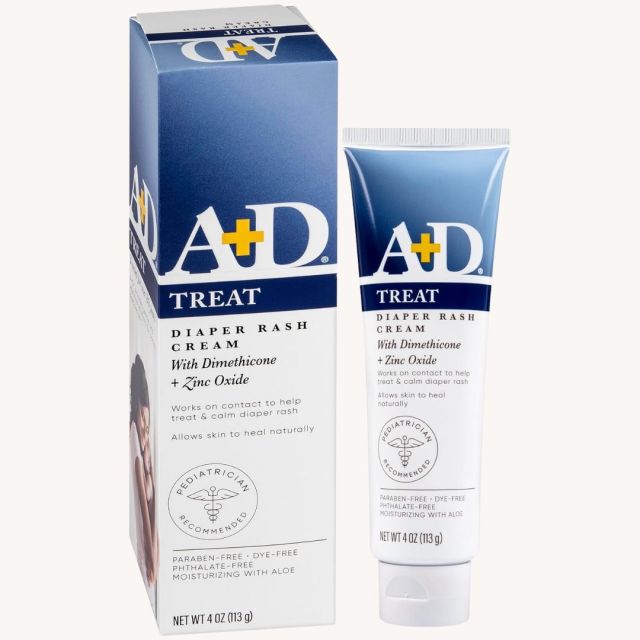
Zinc oxide, dimethicone, and soothing aloe all work together in A+D Treat Diaper Rash Cream. Try using it at the first sign of diaper rash; it starts to work on contact!
A+D Treat Diaper Rash Cream ($5.47)—Buy Here!
Tush Swiper Diaper Rash Cream Applicator
The Tush Swiper is compatible with most diaper rash creams and pastes and make application so much easier and less messy. Just screw it onto your product tube, swipe it on, and cap it when you’re done. Check out the Tush Swiper multipacks for diaper bags and changing spots around the house.
Tush Swiper Diaper Rash Cream Applicator ($9.99)—Buy Here!
Drool Rash
Drool rash symptoms include small patches of raised, red bumps and/or chapped, red, and irritated skin around your baby’s mouth, chin, and into the neck. The cause is pretty straightforward—saliva settled on your little one’s delicate skin and, over time, causes irritation. It can increase during teething, too, so monitoring the food you give your babe when they’re experiencing drool rash is a great idea to see if anything they’re eating might be contributing.
The best course of action for treating drool rash? Limiting how much contact drool has with your baby’s skin. Also, avoid over-rubbing their skin to reduce any chance of additional irritation.
Copper Pearl Drool Bibs
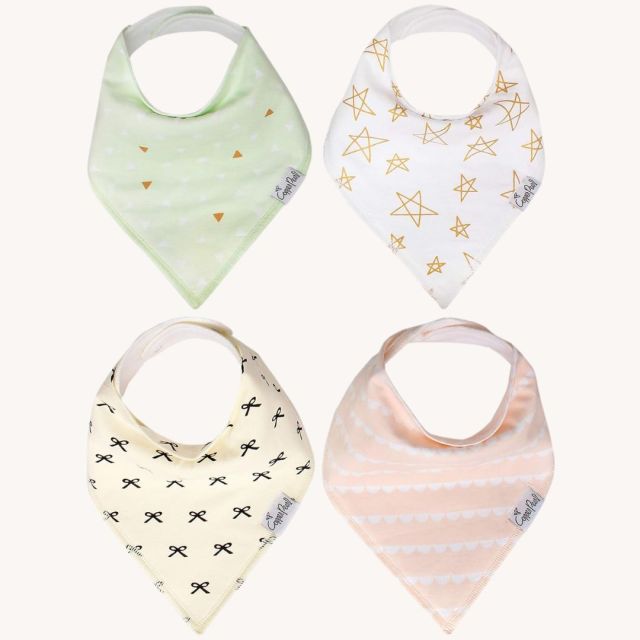
Bandana bibs work especially well for drooling babies because they’re extremely absorbent and soft for all-day wear (*do not leave these or any bib on your baby during nap or sleeping times). These come in a bunch of colors and styles, too.
Copper Pearl Drool Bibs ($19.95)—Buy Here!
Aquaphor Baby Healing Balm Stick
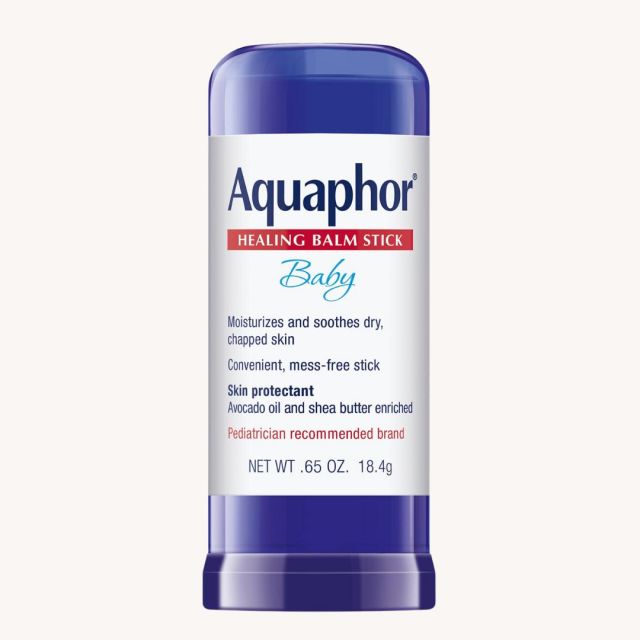
Aquaphor is one of the most popular skin protectant for both adults and babies, and it’s ideal for drool rash. It provides a barrier between skin and saliva and adds moisture back into irritated skin. We’re loving the convenient, mess-free stick so you can take it anywhere and avoid using your fingers (if you don’t want to!).
Aquaphor Baby Healing Balm Stick ($10.08)—Buy Here!
Baby Eczema
What causes baby eczema? According to the National Eczema Association, the exact cause is unknown, but researchers know that it does start with a combination of environmental allergens and genetics. Along with itchy, red, and inflamed skin, eczema can cause even more severe allergies because it weakens your little one’s immune system, can cause blisters, and breaks down skin barriers that protect from skin disease. But don’t panic. NEA is also fast to assure us that mild and more severe symptoms of baby eczema can be treated.
Your pediatrician may prescribe a steroid or antihistamine, so you’ll of course want to follow their directions. Older babes can also wear protective mittens to prevent their little nails from scratching and itching, and, since food allergies can trigger an eczema flare-up, considering what an eczema diet might look like for your little one is a great idea, too.
As for at-home treatments (with doctor’s approval), keep an eye out for products that have the Seal of Acceptance from the National Eczema Association.
Cetaphil Baby Eczema Soothing Lotion
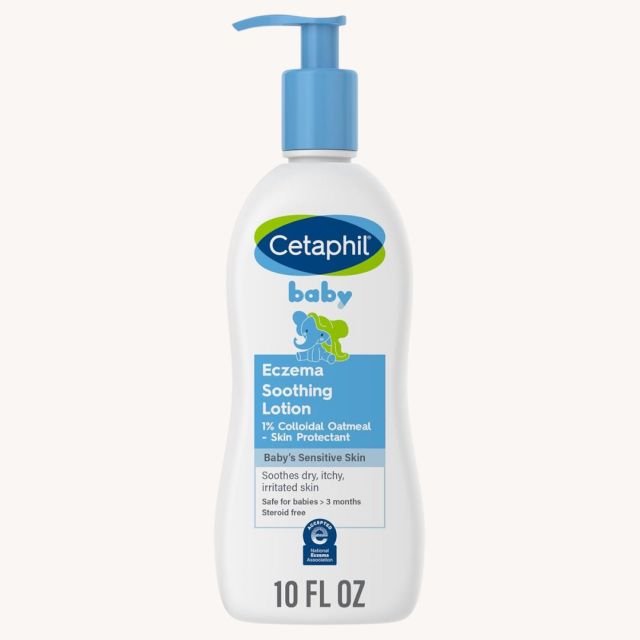
Cetaphil Eczema Soothing Lotion has a colloidal oatmeal formula that’s soothing and protecting for babies 3 months+.
Cetaphil Eczema Soothing Lotion ($12.87)—Buy Here!
WaterWipes
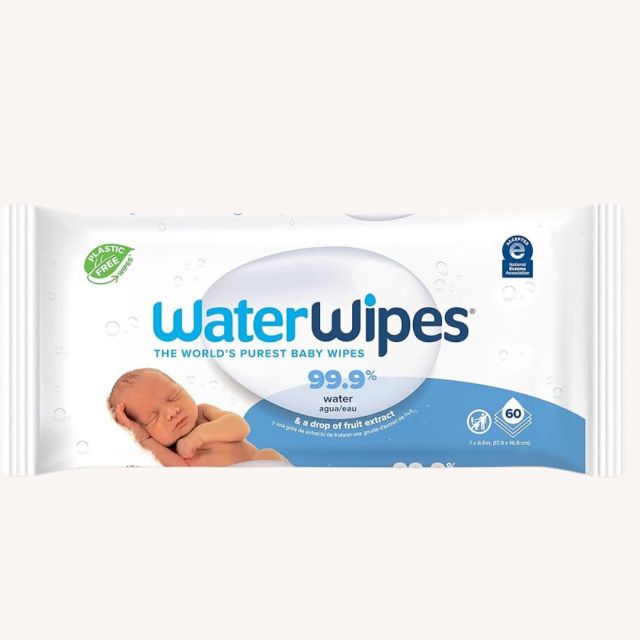
Plant-based and plastic-free, WaterWipes are perfect for your little one’s delicate skin. They’re also made using only 99.9% purified water and a drop of fruit extract.
WaterWipes ($11.97)—Buy Here!
Evereden Protecting Baby Body Wash & Shampoo
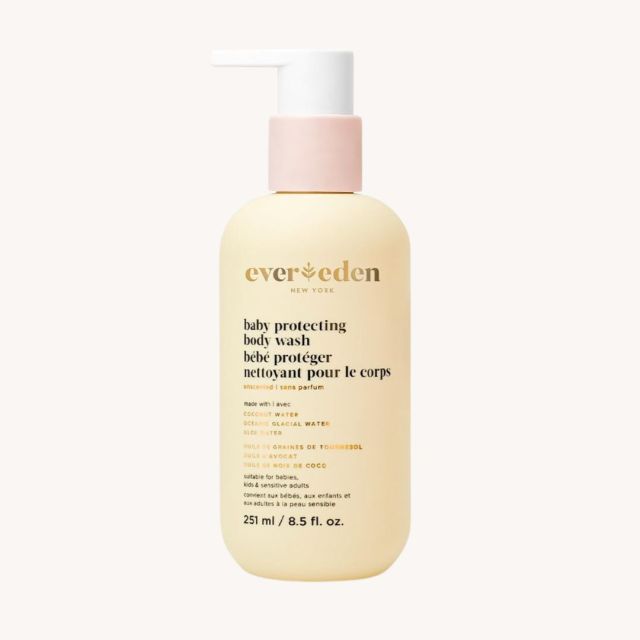
Evereden Baby Protecting Body Wash & Shampoo is formulated with ceramides, squalane, and seaberry seed oil to lock in moisture while comforting your baby’s skin; it’s even created specifically for newborns.
Evereden Baby Protecting Body Wash & Shampoo ($24.00)—Buy Here!
Crane Cool Mist Humidifier
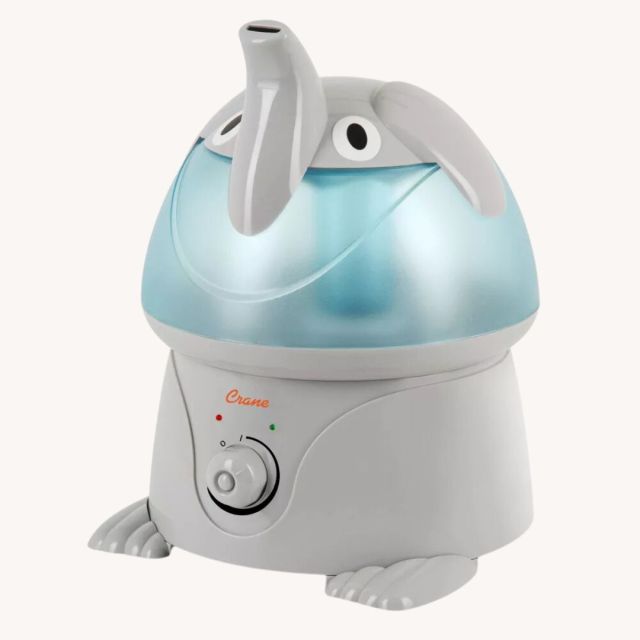
Quiet and effective, this cool mist humidifier from Crane adds moisture to the room for almost 12 hours, helping to soothe and moisturize your little one’s skin (not to mention helping with allergies, congestion, and coughs!). We also love the auto-off function when the water tank is empty. You can use it year-round, too!
Crane Cool Mist Humidifier ($69.99)—Buy Here!
Honest Hypoallergenic Baby Laundry Detergent
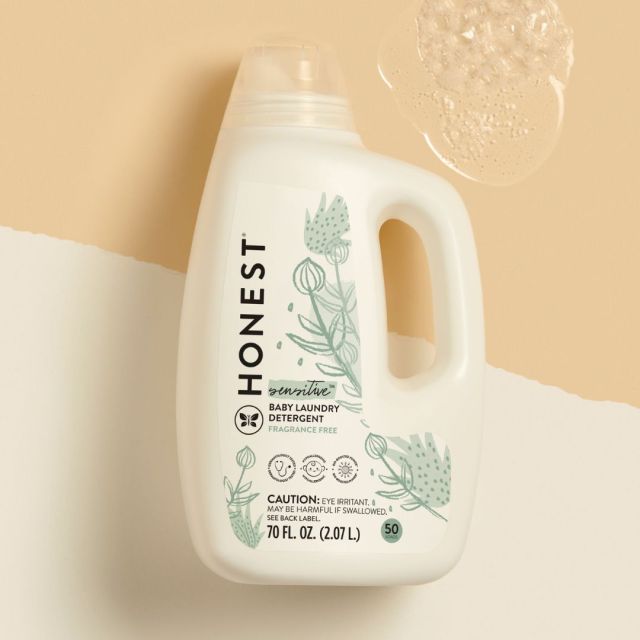
The Honest Company Baby Laundry Detergent is hypoallergenic and safe for sensitive skin, so you won’t have to worry about additives or synthetic scents irritating your baby’s skin. It’s still a powerful stain fighter and uses plant-derived ingredients to get your laundry super clean!
Honest Hypoallergenic Baby Laundry Detergent ($16.99)—Buy Here!
Cradle Cap
Scaly and greasy aren’t words we really want to use when it comes to our new baby’s skin, but with cradle cap, that’s the result. Don’t worry, though! Cradle cap—a type of seborrheic dermatitis—usually shows up in infants and typically goes away within a few weeks or months. Another reason to breathe a little easier? According to the American Academy of Pediatrics, cradle cap isn’t caused by an allergic reaction or an infection. It doesn’t happen from poor hygiene either.
See a doctor if the area becomes weepy, crusted, or you notice changes or discomfort. Otherwise, you don’t actually need to treat cradle cap. There are ways to remove the scaly buildup, though! The AAP recommends washing their hair every other day with a mild baby shampoo—don’t use a medicated product without doctor’s instructions. For especially tough patches, you can rub some coconut oil or petroleum jelly with a gentle massage or a soft baby brush, leave it on overnight, then gently wash and massage with a brush. Don’t pick or scratch the scaly patches off; that can lead to infection and irritation.
Frida Baby Oh Cr*p Cradle Cap 3-Step Cradle Cap System

If you want to try a system specifically designed for cradle cap, Frida Baby is a great option. Complete with baby spinge, brush, comb (with storage stand), and a scalp treatment mask + conditioner spray. Infused with soothing aloe plus calendula extract, both products work without any yucky additives to replace and lock in moisture!
Frida Baby Oh Cr*p Cradle Cap 3-Step Cradle Cap System ($34.47 bundle)—Buy Here!
Cradle Cap Brush Set
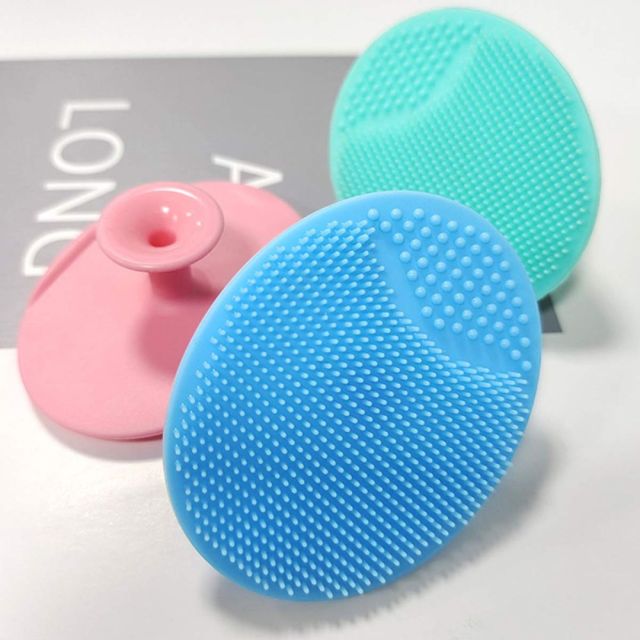
These cradle cap brushes are really highly-rated. The soft silicone prevents scratching and irritation, but definitely make sure you’re still being super gentle when using!
Cradle Cap Brush Set ($4.99)—Buy Here!
Coconut Oil for Cradle Cap by Coconut Essentials
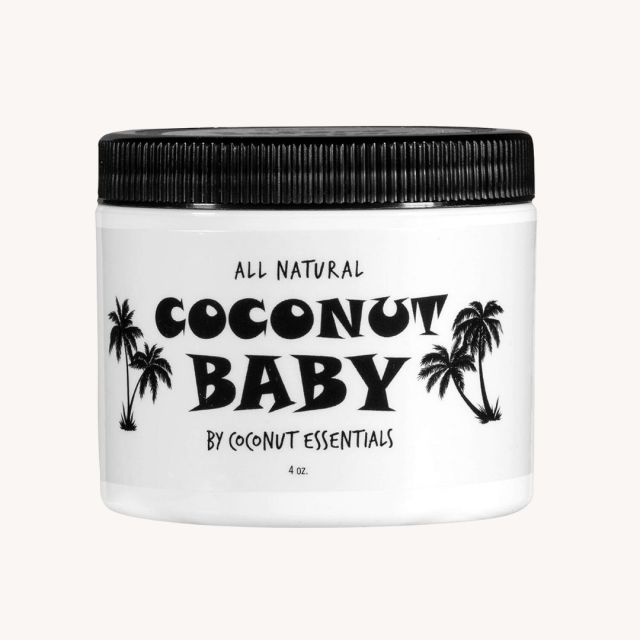
Chemical-free and full of the good stuff for loosening up cradle cap, Coconut Baby is a soothing blend of coconut, grape seed, and sunflower oils.
Coconut Oil for Cradle Cap by Coconut Essentials ($14.99)—Buy Here!
Baby Acne
It’s possible you won’t only encounter acne when your kiddo hits puberty. Don’t be surprised if your baby starts showing those familiar little bumps; according to the American Academy of Dermatology, about 20% of newborns develop a form of the condition called neonatal (baby) acne. Typically, it shows up around 2 weeks, though there are some babes who are born with it. Unlike acne we see in preteens and teenagers, baby breakouts aren’t caused by their own hormones; they’re actually caused by those produced by your own body. Mom’s hormones are still circulating within their systems from pregnancy. But before you blame yourself (please don’t!), you’ll also want to remember that, as St. Thomas Medical Group points out, your baby’s pores are still aren’t totally developed and are therefore more sensitive to irritants.
You’ll often see it on their little cheeks or nose, though it can develop in other places. Neonatal acne clears up by around 6 weeks. And don’t worry! It’s really not something you need to sweat. It’ll rarely leave a scar and just goes away on its own. If your little one develops breakouts after 6 weeks, that neonatal acne becomes infantile acne. Infantile acne occurs most often between 3-6 months and does become something you’ll want your baby’s doctor to take a look at. Your baby is more active around this age, so your doctor can help prevent scarring, determine whether or not it is actually acne, and to rule out any other health conditions or product causes.
Speaking of products, do not use any products designed for acne on your baby. That includes any acne soap, lotion, or other chemicals. There’s actually no specific product (other than one possibly prescribed by your doctor) for treating baby acne. But there are options that can prevent exacerbating it and products designed for babies prone to baby acne.
Breast Milk for Baby Acne
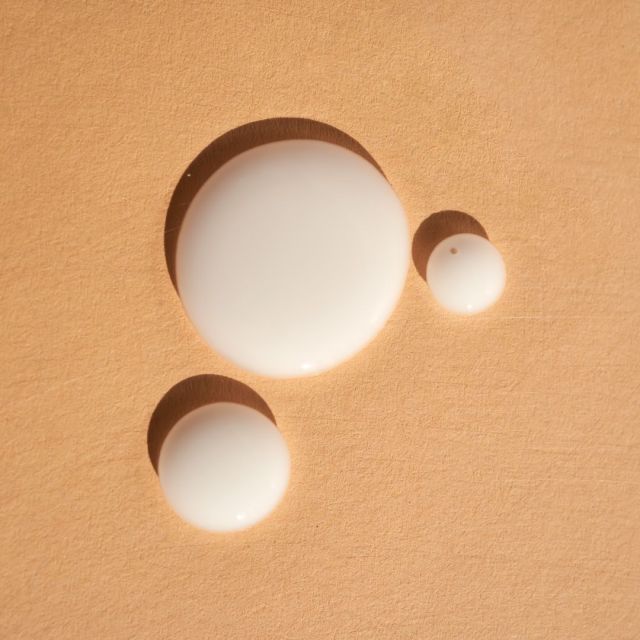
Breast milk for baby acne treatment is one of the most common suggestions. While we haven’t found any double-blind, placebo-controlled studies with an official protocol for breast milk as baby acne treatment, we do know that there are lots of proven benefits to breast milk as topical treatment for other skin conditions. Unless your doctor says otherwise, there’s no harm in expressing a few drops of breast milk and gently applying it to your baby’s acne breakouts. In fact, our own Bump & Baby Editor did that for her own little ones.
MUKIN Baby Washcloths
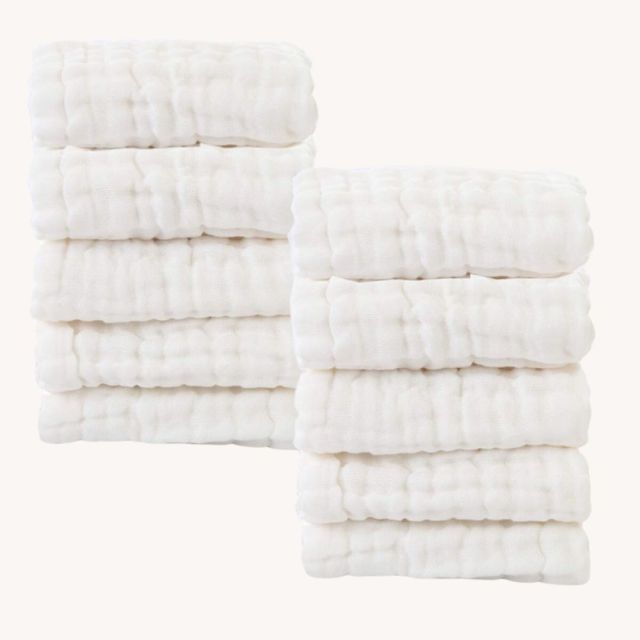
To avoid any chance of scratching or scarring from baby acne, sticking with extremely soft fabrics and cloths is key. These baby washcloths are specifically designed for baby skin prone to irritation and are made without harsh chemicals or dyeing processes.
MUKIN Baby Washcloths ($15.99)—Buy Here!
KeaBabies Isla Fitted Crib Sheets
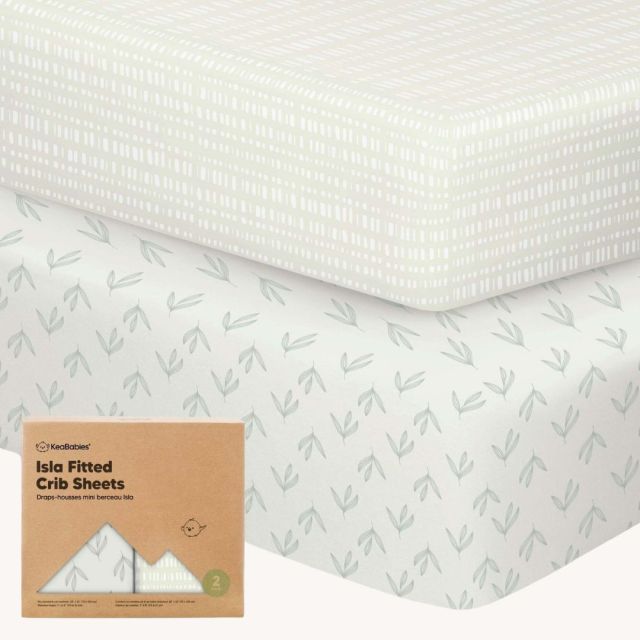
Sticking with the focus on non-irritating fabrics for baby acne, KeaBabies Isla Fitted Crib Sheets are made with ultra-soft and highly breathable viscose from bamboo, the temperature-regulating fitted bed sheet is perfect all year round.
KeaBabies Isla Fitted Crib Sheets ($32.96)—Buy Here!
